Taking the heat for what we eat: Does animal agriculture cause climate change?
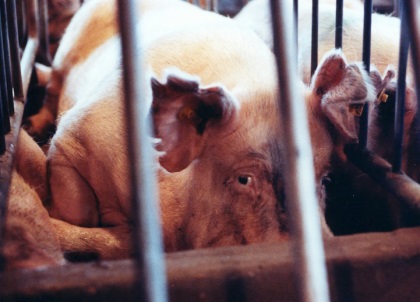
Mother pig spends much of her life in a ‘gestation crate,’ where she is confined during multiple pregnancies. In a recent year, the American pork industry raised and slaughtered about 110.9 million pigs, according to the American Meat Institute (AMI).
Photo: The Animals Voice
by Katerina Lorenzatos Makris ~
Earth Day just ain’t what it used to be.
Forty-four years ago, when U.S. Sen. Gaylord Nelson established an annual commemoration to “force this issue onto the national agenda,” the environmental problems on his mind were things like air pollution and toxic waste, according to the website of the U.S. Environmental Protection Agency (EPA), the federal entity that his efforts helped create.
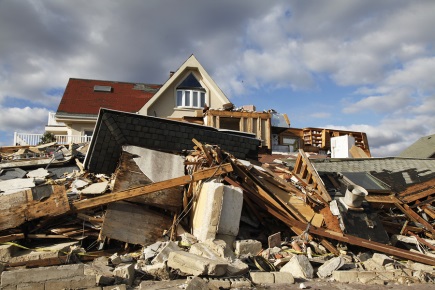
Global warming might create stronger and more frequent meteorological disasters like Hurricane Sandy, scientists warn.
Photo: BigStock
These days, Sen. Nelson would have a few more things to worry about. It wasn’t until a decade or so after his original 1970 push that another problem began to emerge—the bizarre and alarming phenomenon now known as “global warming.”
Also called “climate change,” it is now a widely accepted theory about how “greenhouse gases” produced by mass burning of fossil fuels (oil, coal, etc.), as well as other human activities have led to an alarming 1.4-degree Fahrenheit (0.8C) increase in the worldwide average air and sea surface temperature over the past century, with about two-thirds of that upswing in just the past three decades.
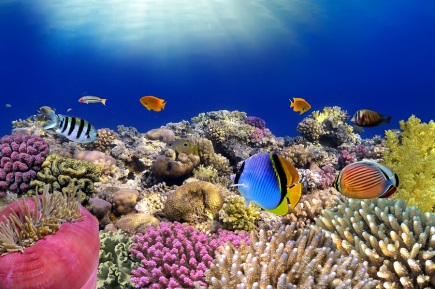
Marine biologists report dwindling health of the world’s once-vibrant coral reefs like this one in the Red Sea.
Photo: Bigstock
Scientists warn that this planetary fever could become catastrophic. Even the seemingly small amount of additional heat—a matter of a few degrees—destabilizes sensitive ecosystems, especially those in our oceans. It causes polar ice melts, rising sea level, coastal flooding, and might aggravate or generate hurricanes, typhoons, tornadoes and the like.
In sum, they say that climate change threatens all habitats that support life—including our own—with serious degradation or even complete destruction.
As if that wasn’t worrisome enough, about a decade or so after those surprising revelations, we began to hear about how this heat-up of the earth could be connected—through a twisted chain of links—to raising animals for food.

Islands and other coastal area like this atoll in the Maldives could be submerged under rising sea levels in a matter of decades, say climate change observers.
Photo: BigStock
‘Livestock’s Long Shadow’
In 2006 the United Nations Food and Agriculture Organization (FAO) released a report stating that “the livestock sector generates more greenhouse gas emissions as measured in CO2 equivalent—18 percent—than transport. It is also a major source of land and water degradation.”
In other words, driving your car to the supermarket might do less environmental damage than is done by the production of the beef, pork, chicken, lamb, goat, dairy, or eggs that you’re going there to buy.
“Livestock are one of the most significant contributors to today’s most serious environmental problems,” declared Henning Steinfeld, senior author of the document, and Chief of FAO’s Livestock Information and Policy Branch. “Urgent action is required to remedy the situation.”
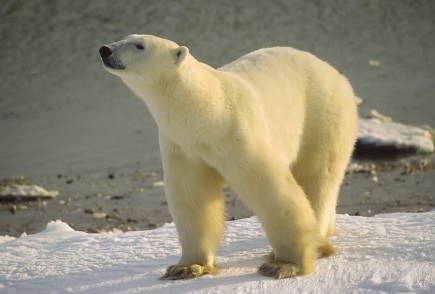
Decreasing habitat due to melting sea ice has already caused dramatic declines in the number of polar bears, say wildlife biologists.
Photo: BigStock
Titled “Livestock’s Long Shadow,” the 390-page report itself has had a long legacy, continuing to ignite controversy. As one might expect, folks in the animal production industries have never been very fond of the study, while environmentalists and animal advocates frequently cite it with reverence.
Decreasing habitat due to melting ice has already caused dramatic declines in the number of polar bears.
Thus, whereas earlier Earth Day gatherings celebrated such innovations as recycling bins, today what we do with our trash has become, in some circles, almost passé compared to a newer Big Question: What on earth should we put in our mouths? And the corollary question: Should we go vegan to save the polar bears, and perhaps ourselves?
‘At risk of mass extinction’
In the coming months, Animal Issues Reporter (AIR) will be taking a look at the possible connections between our planet’s heat and what we eat.
Meanwhile, here are some main points quoted from the UN “Livestock’s Long Shadow” report that kicked off the whole debate:
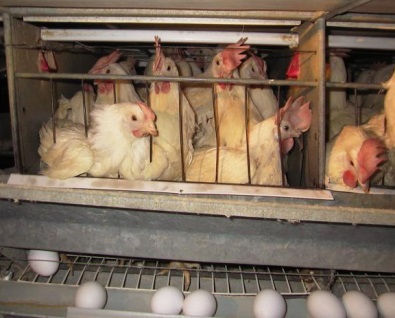
Most commercially produced egg-laying hens in the U.S. spend their lives in the close confines of “battery cages,” says the American Society for the Prevention of Cruelty to Animals (ASPCA). About 9 billion chickens are raised and slaughtered in the U.S. per year, according to the American Meat Institute (AMI).
. Livestock have a substantial impact on the world’s water, land and biodiversity resources and contribute significantly to climate change.
. Directly and indirectly, through grazing and through feed crop production, the livestock sector occupies about 30 percent of the ice-free terrestrial surface on the planet.
. In many situations, livestock are a major source of land-based pollution, emitting nutrients and organic matter, pathogens and drug residues into rivers, lakes and coastal seas.
. Animals and their wastes emit gases, some of which contribute to climate change, as do land-use changes caused by demand for feedgrains and grazing land.
. Livestock shape entire landscapes and their demands on land for pasture and feedcrop production modify and reduce natural habitats.
. Anthropogenic land-use changes have accelerated over the last decades, most dramatically in developing countries.
. Urbanization and expansion of cropping have led to an unprecedented loss and fragmentation of habitats, including valuable ones such as forests and wetlands.
. Humans are encroaching on what remains of relatively undisturbed environments, putting biodiversity at risk of mass extinction.
In any case, it’s food for thought.
Get fresh AIR! Please click on the SUBSCRIBE button above to receive an email alert when we post new articles on a wide variety of animal issues.
Katerina Lorenzatos Makris is a career journalist, author, and editor. Credits include hundreds of articles for regional wire services and for outlets such as National Geographic Traveler, The San Francisco Chronicle, Travelers’ Tales, NBC’s Petside.com, and Examiner.com (Animal Policy Examiner), a teleplay for CBS-TV, a short story for The Bark magazine, and 17 novels for Avon, E.P. Dutton, Simon and Schuster, and other major publishers.
Together with coauthor Shelley Frost, Katerina wrote a step-by-step guide for hands-on, in-the-trenches dog rescue, Your Adopted Dog: Everything You Need to Know About Rescuing and Caring for a Best Friend in Need (The Lyons Press).
Please respect copyright law. Sharing AIR links really helps! But copying more than a couple of paragraphs of content without permission is a no-no. If you’d like to use one of AIR’s articles or one of our photographs, kindly contact us at [airinfo AT yahoo DOT com].
Copyright © 2014 Animal Issues Reporter and AnimalIssuesReporter.com.
All rights reserved.
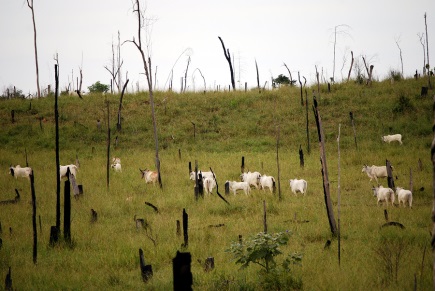
Leave a Reply